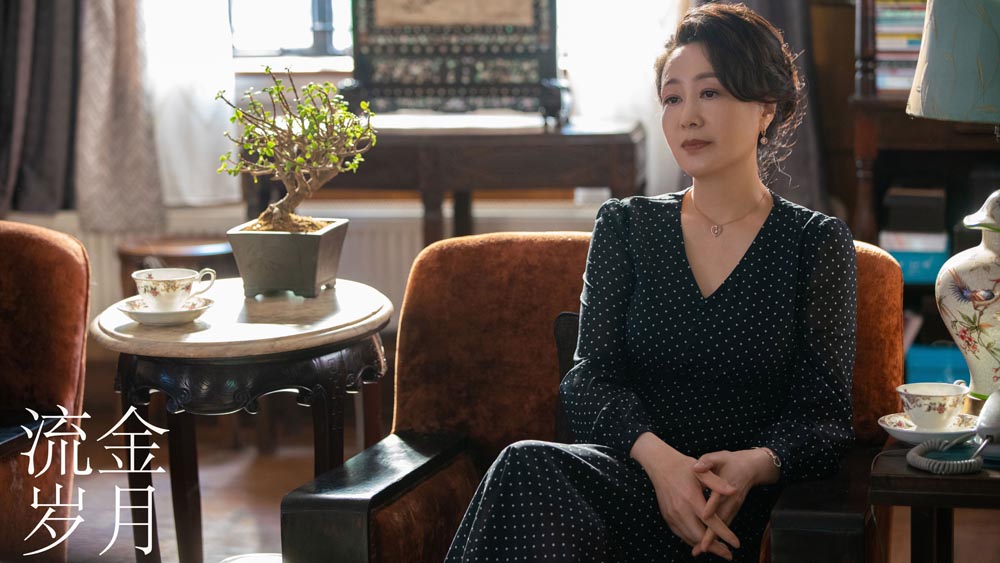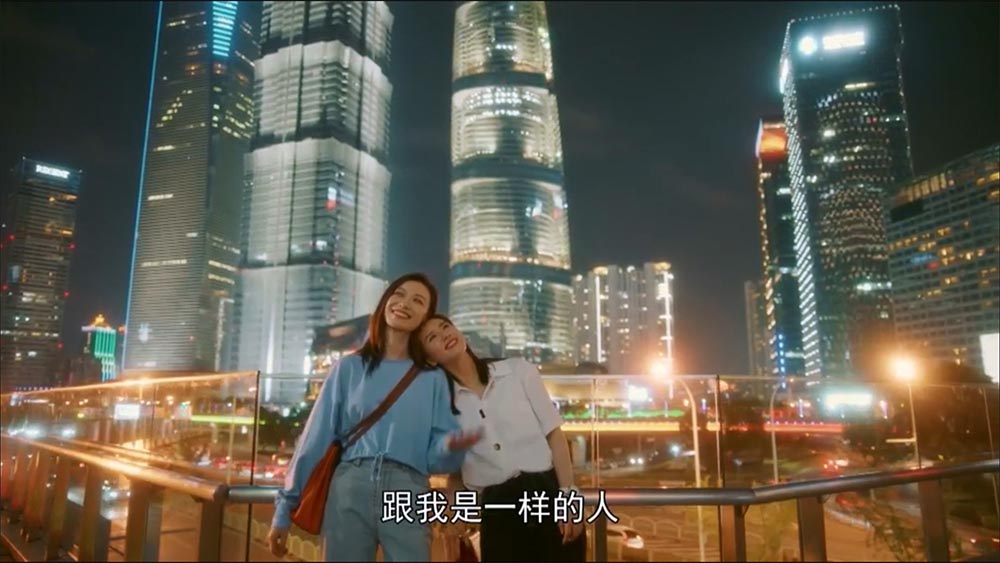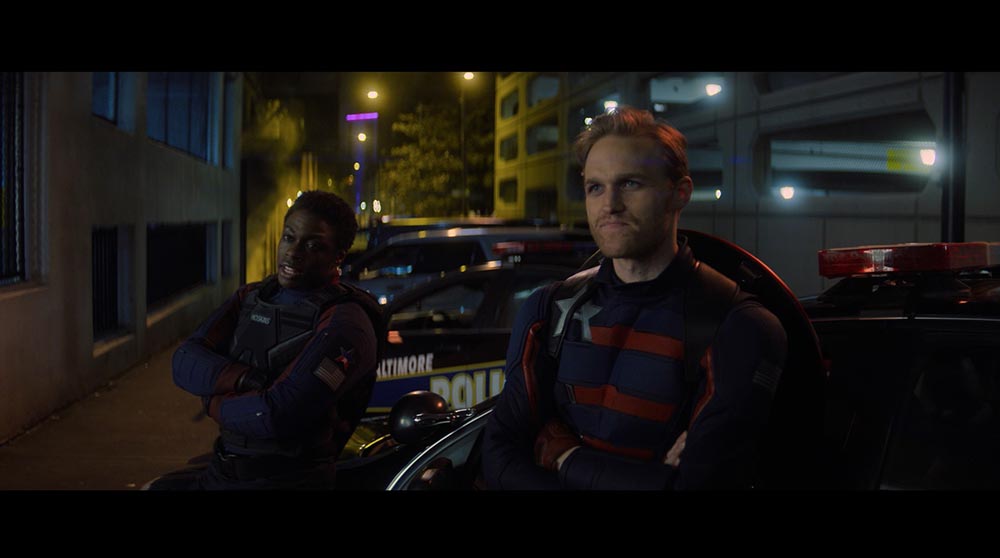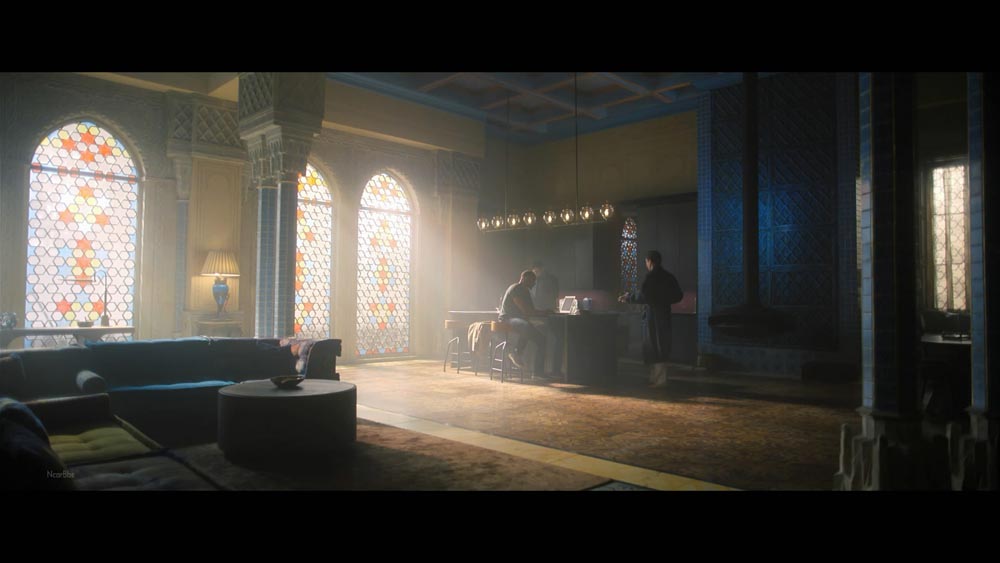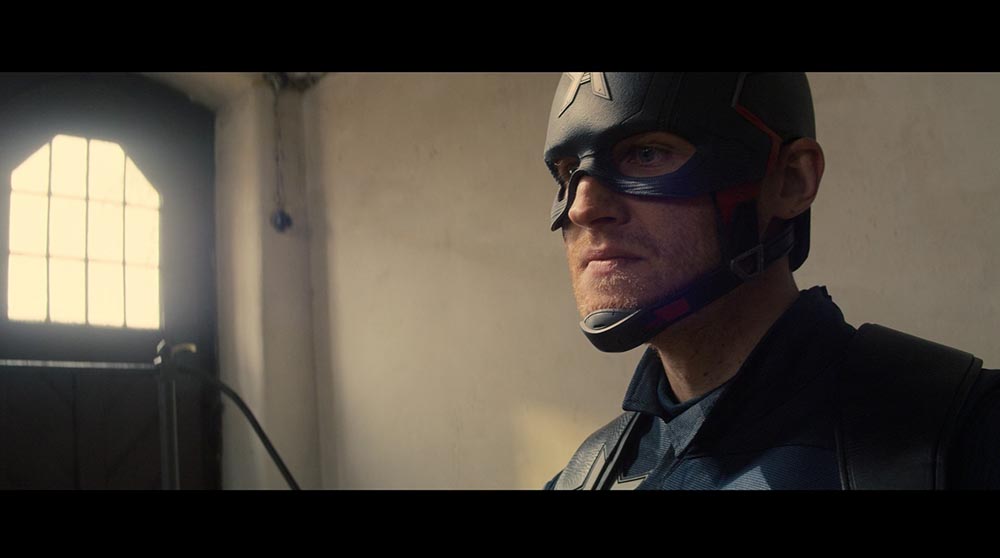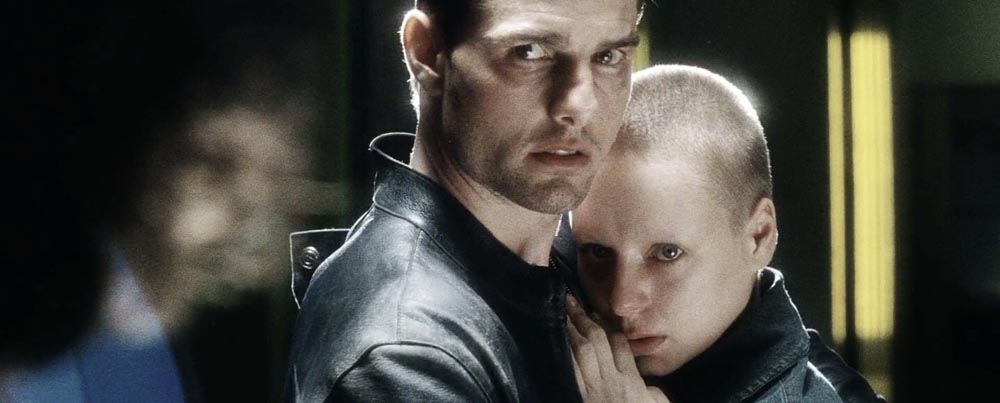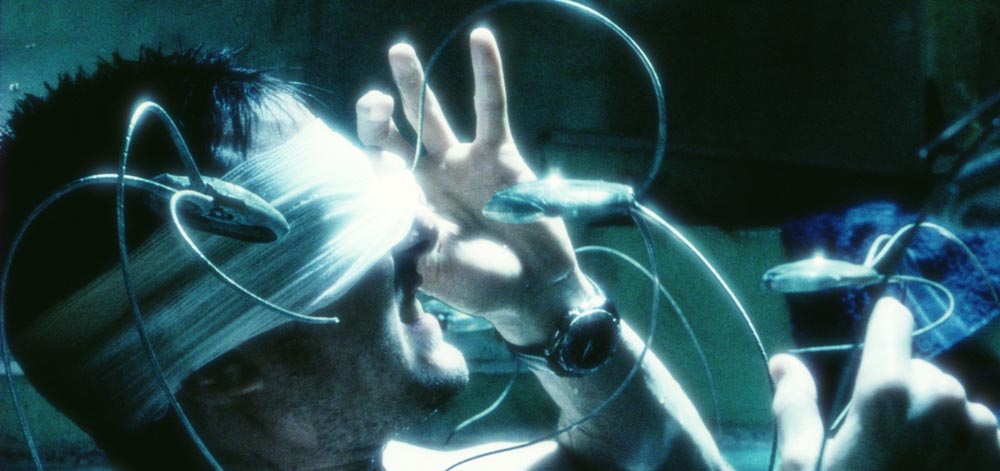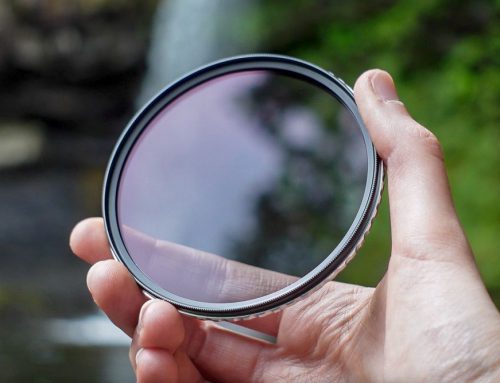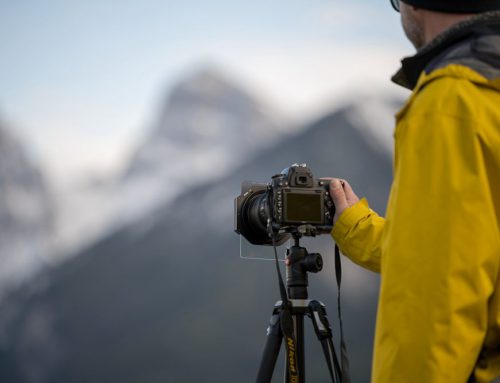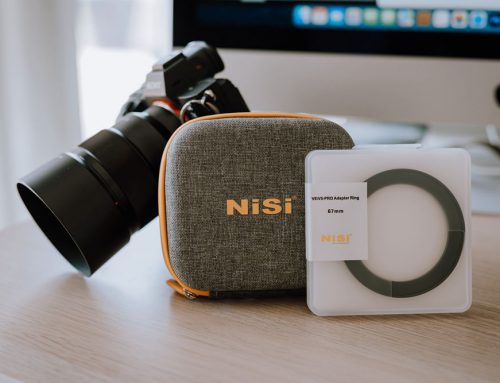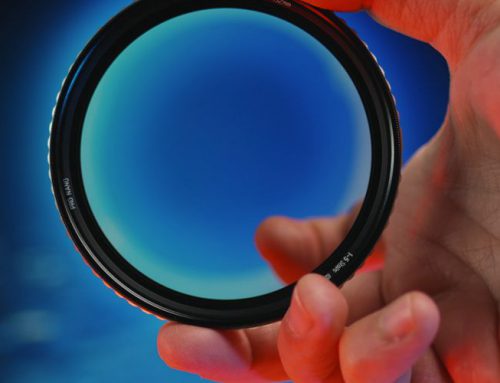In my line of work, the use of filters is inevitable. I would like to thank NiSi Optics for supporting me with film line products and technologies over the years. This has allowed me to gain exposure to various filter products at home and abroad while learning the background knowledge behind these products. It is my pleasure to summarize the practical applications of Mist/Diffusion filters which coincides with the official NiSi release of civil-grade Black Mist and White Mist filters (NiSi allure soft).
In the era of film, filters of various types have always been popular. These include basic ND filters, PL filters, color filters, streak effect filters as well as Mist/Diffusion filters. These filters have become a part of standard workflow for movies, TV series and TVC. The purpose of these filters can be roughly divided into two categories; 1) the director’s pursuit of image style 2) the director’s choice to express a dramatic effect on screen. I will discuss each of the two points separately.
The Director of Photography’s Pursuit of Style
Entering the 21st century has resulted in an irreversible trend toward digitalization. In this digital era, there are many more freedoms, however there are also some disadvantages.
The first is the high degree of convergence of shooting equipment. With the exception of the few directors and directors of photography who insist on using film for shooting, the cameras and lenses used for most movies, high-grade TV shows and TVCs we see today are provided by only a few manufacturers. Photography directors still have the option of using legacy products of the old era to reflect personal style. But in the field of cameras, ARRI is almost the only choice. According to statistics of the Oscar-winning works in the last ten years, ARRI cameras were used in 70-80% of these works. While highly convergent choice of equipment has improved the operating efficiency of the entire industry, it also limits the personal style of photography directors to a certain extent.
Below I will briefly introduce two popular domestic and foreign dramas. These both represent the use and embodiment of the Mist Filter on screen.
‘My Best Friend’s Story’ launched at the end of 2020 and stars Chen Daoming and Ni Ni. It is directed by Shen Yan, and the director of photography is Li Xi. In 2019, Mr Li Xi won the Magnolia Award for Best Photography in the 25th Shanghai TV Festival for his work on “The Rise of Phoenixes”.
Let’s take a look at a still from the studio. The details of the picture are rich and the tone is natural. It is a well-balanced and qualified still. The picture textures of most of the domestic dramas we usually come into contact with are also similar to this still, with sharp and excellent contrast.
The following is a still frame taken from the positive film. It contains similar lighting with the rear window as the main light source. The female character is also used as the main body of the picture, but the natural blooming in the highlights increases the effect of the picture. The slightly lower contrast level brings a touch of the old film era’s softer atmosphere. This picture style runs through the entire series from beginning to end. When presented with the rare opportunity to watch ‘My Best Friend’s Story’ clips, its rare picture style immediately left a deep impression on me.
The screenshot below better reflects Li Xi’s picture style. My opinion is that the use of natural blooming highlights and medium-to-low contrast level are perfectly suited for shooting Ni Ni in this beautiful role.
In this last picture, the blurring of point light sources such as street lights in the distance clearly shows the effect of Mist/Diffusion filters.
The picture style of ‘My Best Friend’s Story’ is so special that it left a deep impression on me when I saw it for the first time. In recent years, there have been other TV dramas which have made me feel this way, such as the anamorphic wide-screen picture style of ‘Like a Flowing River’ and the excellent art director style in ‘The Longest Day in Chang’an’.
The following American drama ‘The Falcon and the Winter Soldier’ may be more popular among younger audiences.
My interpretation of the footage is that the photography director for ‘The Falcon and the Winter Soldier’ uses a restrained and mature style to create the atmosphere of the series. It utilizes Panavision’s T-series anamorphic widescreen lens, which adds some cinematic atmosphere to the picture. In this particular large indoor scene, the smoke generator and lighting were used to create a very interesting volumetric light texture.
From the two still-frame screenshots above, we can see hints of use of a Mist/Diffusion filter. We can also experience the photography director’s idea for using this filter. An important purpose of the Mist/Diffusion filter is to smudge highlights such that excessive point sources of highlights do not distract the audience from the main body of the image nor the atmosphere of the scene.
In the following two screenshots, the effect of the Mist/Diffusion filter to avoid excessive interference of highlights on the picture is made clearer.
The Director’s pursuit of style
It is the director of photography’s responsibility to create the style of the picture. By inference, any elements of style should serve the director’s own artistic expression. Below, I will give two examples to briefly explain how the Mist/Diffusion filter can meet these goals.
The first example is the film Minority Report, a science-fiction film directed by Spielberg in 2002. The core narrative of the movie utilizes “dreams” to warn of future criminal activities.
Mist/Diffusion filters are extensively used throughout the film to emphasize the element of “dreams”, reflecting the unreality of “dreams”, and the sense of alienation between the future society and the real society.
Another example is the TVC of the famous German software company SAP. In order to depart from the stereotype of high-tech companies, Frederick Gomoll did not choose high-key, cool, and sharp picture styles, but chose Zeiss Supreme Primes. In addition to this high-quality lens, a large number of high-end Black Mist and other filters were also used to create a distinct atmosphere.
The discussion above are my own thoughts regarding the practical application of effect filters, especially Mist/Diffusion filters. There may be deficiencies and differences of opinion which I am more than happy for readers to question. I am also hopeful that NiSi will continue to provide more effect filters in the future.
By Eric Lyu

